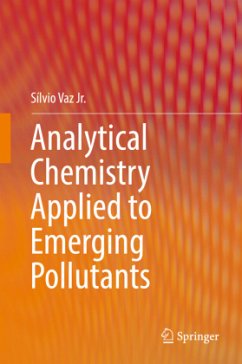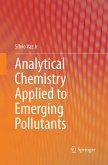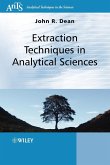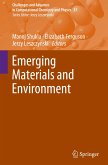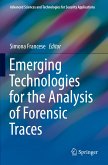This book addresses the highly relevant subject of emerging pollutants, which are especially alarming since most of the available treatment technologies are unable to degrade them. It discusses the sources of these pollutants and their fate in the environment, and the main tools available for their analysis. It also describes the representative environmental matrices (air, soil and water) and appropriate analytical methods for each matrix. Furthermore, it examines aspects of toxicology, chemometrics, sample preparation and green analytical chemistry.
As such, it provides a broad overview of the potential analytical approaches for monitoring and controlling emerging pollutants.
This book fills a gap in the literature, and is a valuable resource for all professionals concerned with emerging pollutant control in real-world situations.
As such, it provides a broad overview of the potential analytical approaches for monitoring and controlling emerging pollutants.
This book fills a gap in the literature, and is a valuable resource for all professionals concerned with emerging pollutant control in real-world situations.
"The book is recommended for scientists and PhD students (in the chemistry, ecotoxicology and biology sectors) interested in the monitoring of emerging contaminants, their fate and their effects on human health and the environment. ... The book underlines the rigorous steps required in setting new analytical methods which will be essential in expanding the determination, number and species of Eps in soil, water and air in a few years." (Paola Verlicchi, Analytical and Bioanalytical Chemistry, Vol. 411, 2019)

